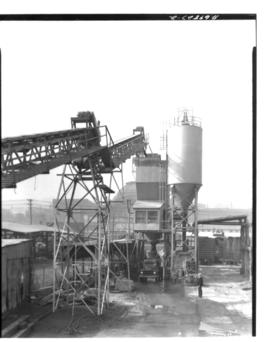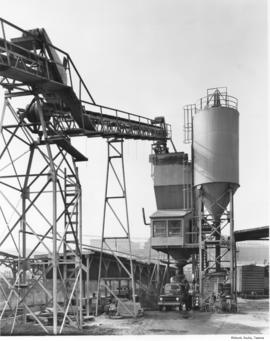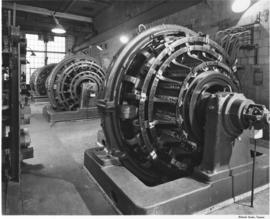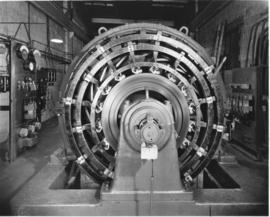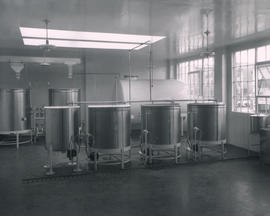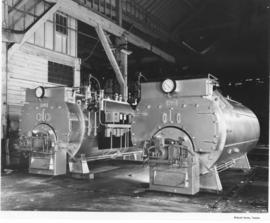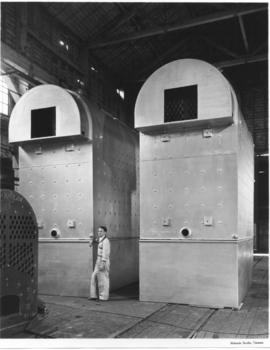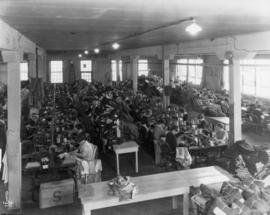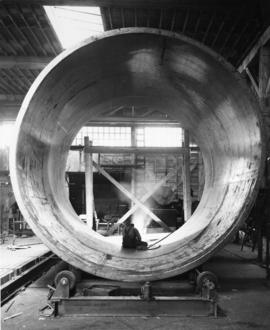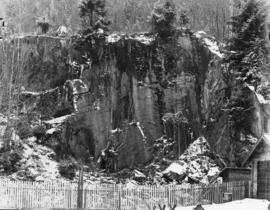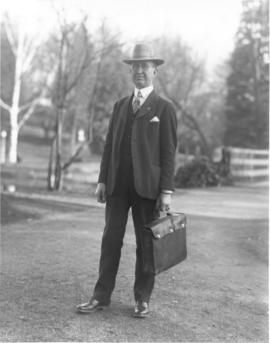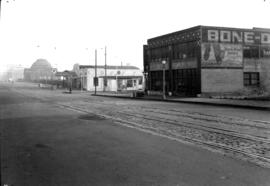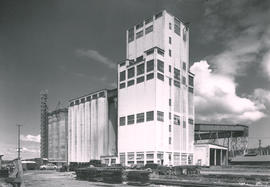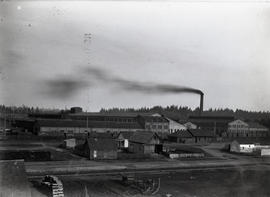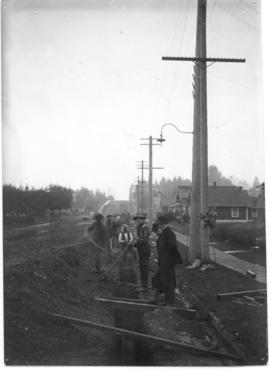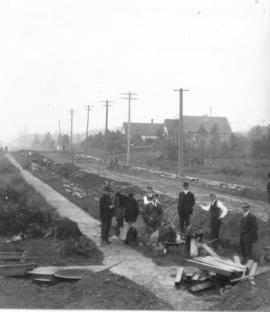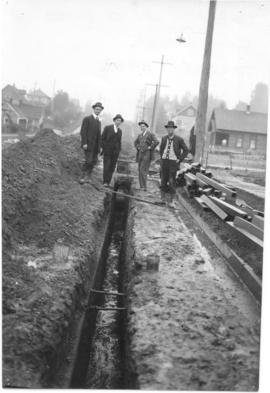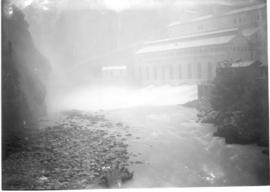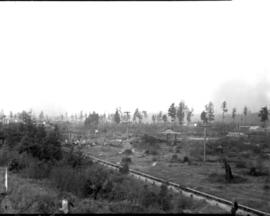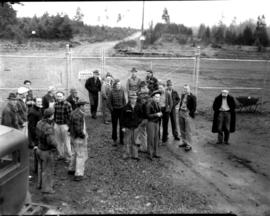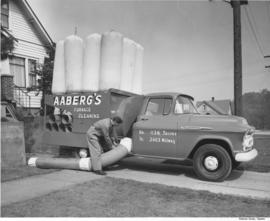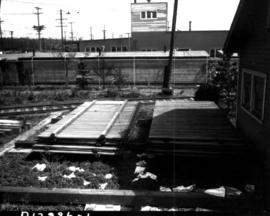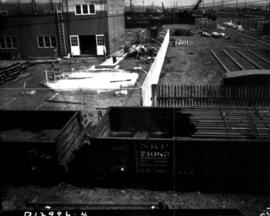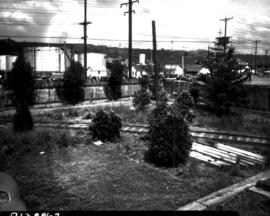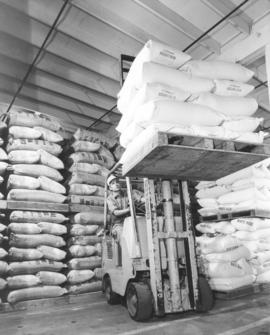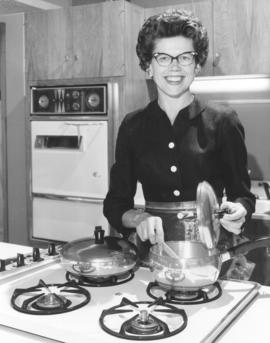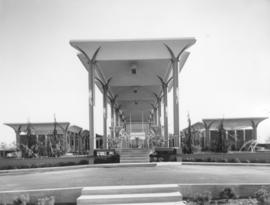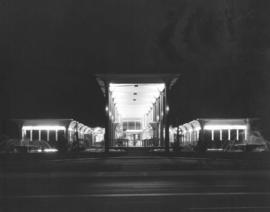- Item
- 1952-10-17
Part of Richards Studio Photographs
A cement truck is being loaded at C. S. Barlow and Sons' new bunkers. The company handled building materials, sand and gravel, metal sash, and mixed concrete. The dome at Union Station is in the background. When the company was acquired by Graystone, Inc. of Seattle in 1959, it was the oldest company in Tacoma still under the original ownership. The company was founded the same year that Tacoma elected its first mayor, 1882, under the name Tacoma Trading and Transportation Co. Its business was trading, building supplies and maritime commerce. C.S. Barlow changed the name of the company when it sold off its shipping interests. Barlow came to Tacoma in the early 80's before it was a city. He was a Northwest original, born near Longview and the son of Oregon trail pioneers. His grandsons would remain with the company after its sale to manage for the new owners. (TNT 6/8/1959, pg. 1)
Building materials industry--Tacoma--1940-1950; Building materials; C.S. Barlow & Sons, Inc. (Tacoma); Concrete mixers--Tacoma; Trucks--Tacoma--1950-1960;
